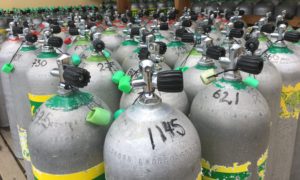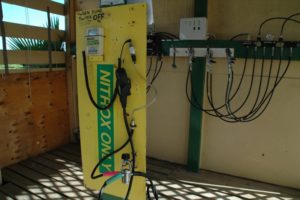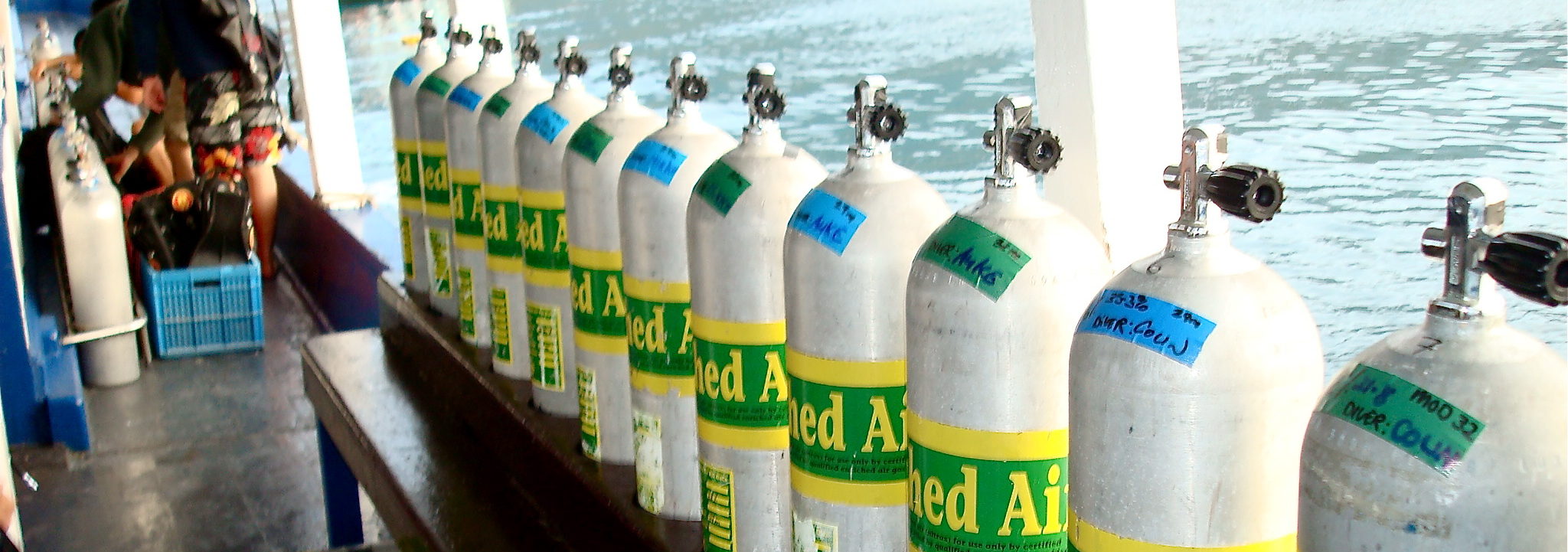What the heck? Partial Pressure Explained …
Partial pressure is a term used in gas laws. Without getting into a physics lesson, in a gas mixture, each gas has a partial pressure which is equal to the fraction of gas represented in the mix multiplied by the pressure.



